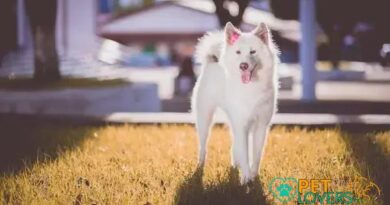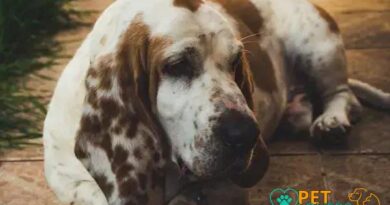What is Zorse
What is Zorse?
The term “Zorse” refers to a hybrid animal resulting from the mating of a zebra and a horse. This unique crossbreed inherits characteristics from both parents, showcasing a fascinating blend of traits. Zorses are known for their striking appearance, often featuring the distinctive stripes of a zebra along with the body shape of a horse. This combination makes them a subject of interest in both the animal kingdom and among enthusiasts of hybrid animals.
Physical Characteristics of Zorses
Zorses typically exhibit a variety of physical traits that reflect their parentage. Their coats often display the iconic black and white stripes of zebras, which can vary in intensity and pattern. The body structure of a Zorse is generally more robust than that of a zebra, resembling that of a horse. This unique combination not only makes them visually appealing but also contributes to their adaptability in various environments.
Behavioral Traits of Zorses
When it comes to behavior, Zorses tend to inherit the more temperamental traits of zebras, which can make them challenging to train compared to domestic horses. Zebras are known for their wild nature, and this can manifest in Zorses, making them less predictable. However, with proper handling and training, Zorses can develop strong bonds with humans and exhibit affectionate behaviors similar to those of horses.
Habitat and Care for Zorses
Zorses require a habitat that accommodates their unique needs, combining elements suitable for both horses and zebras. They thrive in open spaces where they can roam freely, as well as areas that provide shelter from harsh weather conditions. Proper care involves a balanced diet, regular veterinary check-ups, and ample exercise to ensure their physical and mental well-being.
Breeding Zorses
Breeding Zorses is a complex process that requires careful consideration of the genetic traits of both parent species. Since zebras and horses have different numbers of chromosomes, Zorses are typically sterile, meaning they cannot reproduce. This makes the breeding of Zorses a unique endeavor, often pursued by breeders interested in the conservation of hybrid species and the study of genetics.
Uses of Zorses
Zorses are primarily bred for educational and recreational purposes. They serve as fascinating examples of hybrid vigor and genetic diversity, attracting attention in zoos, wildlife parks, and educational institutions. Additionally, their unique appearance and temperament make them popular attractions for visitors, providing opportunities for learning about animal behavior and hybridization.
Legal Considerations for Owning a Zorse
Owning a Zorse comes with specific legal considerations that vary by region. In some areas, hybrid animals may be subject to regulations that govern their ownership, breeding, and care. Potential owners should research local laws and regulations to ensure compliance and to understand the responsibilities associated with caring for such a unique animal.
Conservation and Zorses
While Zorses themselves are not a species at risk, their existence raises important questions about conservation and the impact of hybridization on wildlife. The breeding of hybrids like Zorses can sometimes divert attention from the conservation of pure species. Therefore, it is crucial to balance the fascination with hybrids and the need to protect their wild counterparts in their natural habitats.
Fun Facts About Zorses
Zorses are not only intriguing due to their unique lineage but also because of their fascinating behaviors and characteristics. For instance, they can exhibit a range of colors and stripe patterns, making each Zorse distinct. Additionally, their vocalizations can be a mix of horse whinnies and zebra barks, adding to their charm. These fun facts contribute to the allure of Zorses and their place in the world of hybrid animals.



